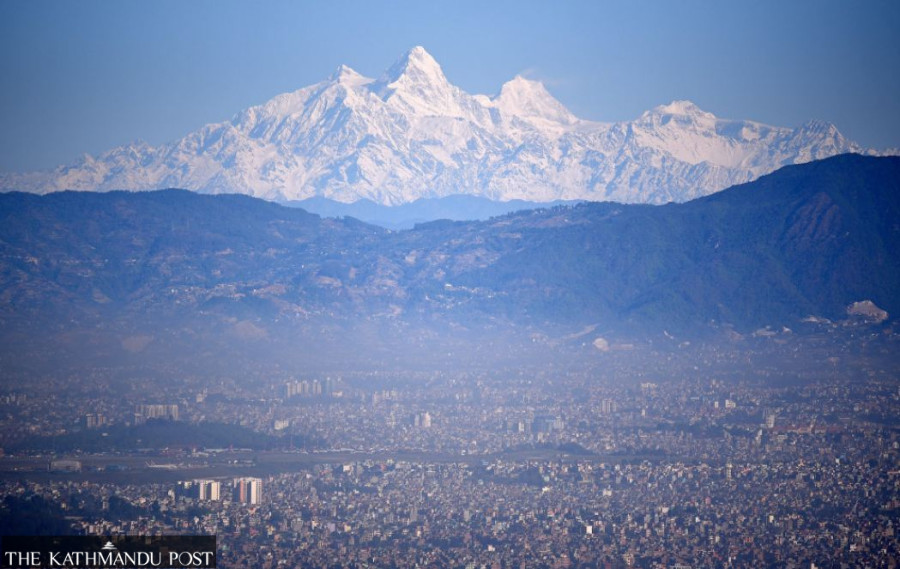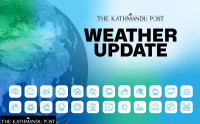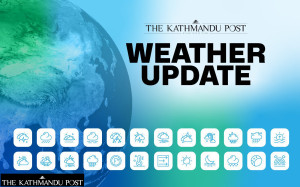Weather
Nepal’s cold months get unusually warm
Department of Hydrology and Meteorology had predicted a hot and dry winter this year.
Arjun Poudel
This winter, no district in the Tarai region has witnessed cold wave conditions so far, meaning that no one died from the cold. People across the country have not felt the typical chill of winter days, and many people are now saying they have not experienced any noticeable cold this season.
“I have never experienced such a warm winter,” said Rajendra Thapamagar, a resident of Tarakeshwar, Kathmandu. “My wife has even stopped basking in the sun in the afternoons because it feels too warm.”
Temperature data provided by the Meteorological Forecasting Division under the Department of Hydrology and Meteorology shows that the minimum temperature dropped significantly on only seven days since the start of winter in December.
“Both maximum and minimum temperatures have remained above the average this season,” said Sudarshan Humagain, an official at the department. “Over the past week, maximum and minimum temperatures have risen by over 2 degrees Celsius. A few districts saw maximum temperatures increase by up to 4 degrees Celsius on some days.”
The department had predicted a hot and dry winter this year. The country thus would witness below-average rainfall and warmer days during the three months of winter (December 1 to February 28). Officials say the weather has largely followed these predictions.
“Minimum temperatures this year have not not dropped to levels that would cause cold wave conditions, and we have also not seen foggy conditions in the past two days,” said Pratibha Manandhar, a meteorologist at the division.
“As February approaches, the chances of coldwave conditions this year are low. No weather system that could cause major changes in weather patterns is in sight.”
Last year, the Met Office recorded several cold wave conditions in Tarai districts. Security agencies used to distribute logs, firewood, and warm clothes to protect people from the cold.
As of Tuesday, there has been only 8.8 percent of total winter rainfall since the start of December. Experts say there could be winter rainfall in the coming days, as winter is yet to end.
Met experts say that the ongoing weather patterns are normal and should not be taken as unusual.
“In some years, winter rainfall brings down maximum and minimum temperatures, and we feel colder,” said Dr Indira Kandel, a senior meteorologist. “In other years, when winter rainfall is scarce, maximum and minimum temperatures remain above the average.”
But Kandel and other experts the Post talked to agreed that the average temperature in the country has been rising, and the effects are becoming more evident.
“A long dry winter will adversely affect winter crops,” said Humagain. “Rising temperatures could also lead to an increase in forest fires. Water sources could dry up earlier, impacting daily activities of those living in water-scarce areas.”
Nepal is among the world’s most vulnerable countries to the climate crisis and has witnessed extreme weather events over the past decade and a half.
Evidence indicates that the maximum temperature in Nepal is rising at a faster pace (0.05 degrees Celsius per year) than the minimum temperature (0.03 degrees Celsius per year).
Experts say extreme weather events—excessive rainfall in a short span of time, continuous rainfall for several days in the post-monsoon period, dry spells and droughts, below-average rainfall and above-maximum temperatures in winter—have become more pronounced and frequent in Nepal.




 10.12°C Kathmandu
10.12°C Kathmandu






